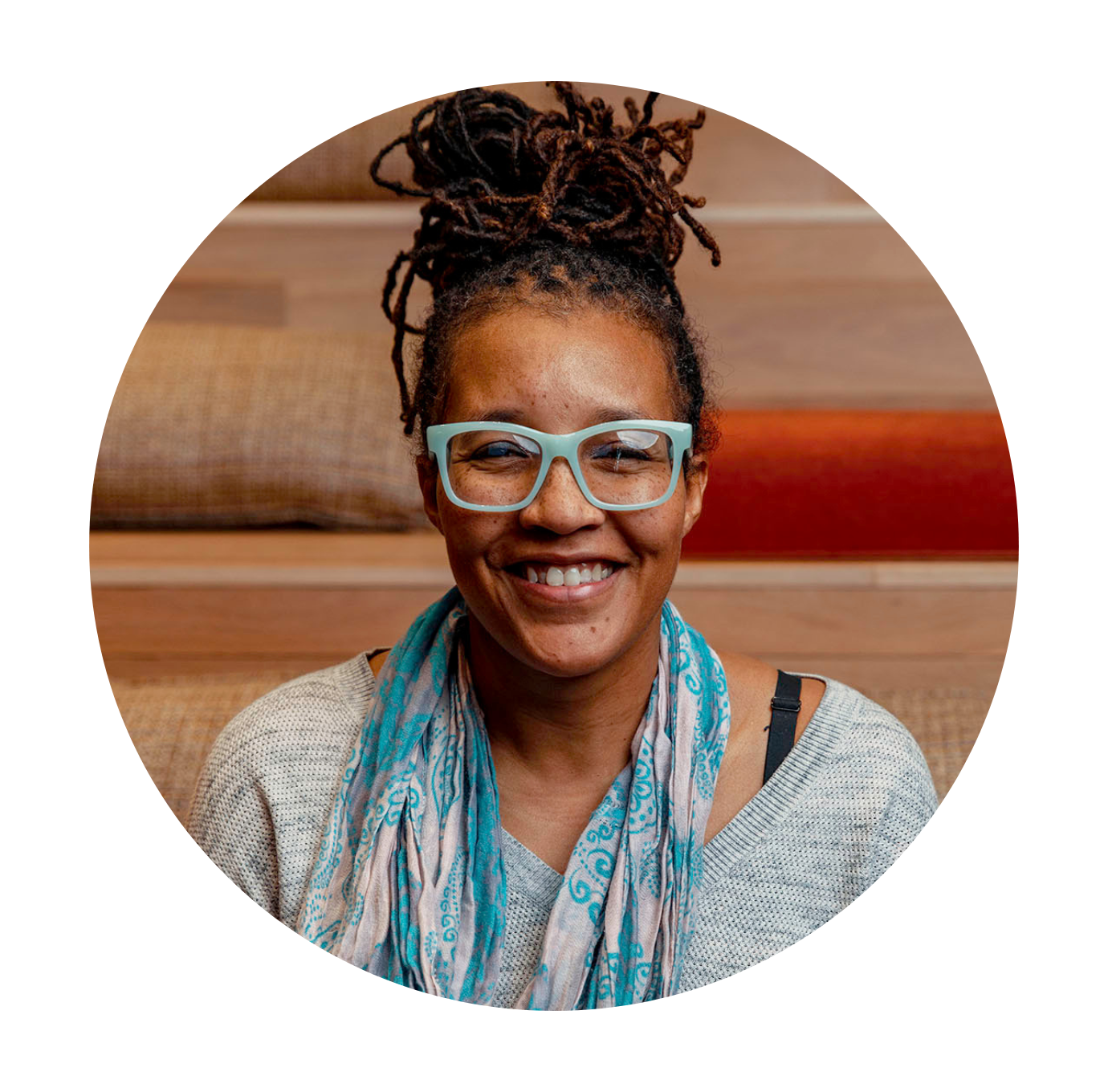Struggling with buttons, bending, or reaching doesn’t mean you have to give up your independence — or your sense of style. With the right tools, you can make dressing safer, easier, and still look great.
As an occupational therapist, I often recommend two simple solutions: adaptive clothing and dressing aids. Brands like Joe & Bella are creating fashionable clothing designed for easier dressing, while tools like the dressing stick give you extra reach, grip, and leverage. Together, they keep daily routines smooth and dignified. In this blog, I’ll explain what adaptive clothing is, how magnetic button downs work, why a dressing stick is a must-have, and how these solutions can boost both safety and confidence.
Adaptive Clothing: Why it Matters
What Can Adaptive Equipment Do for Me?
Adaptive clothing is designed to make dressing easier, safer, and more comfortable for people with limited mobility, arthritis, or other health challenges. Unlike traditional clothing, adaptive designs include features such as magnetic closures instead of tiny buttons or zippers, elastic panels to slide arms or legs in without straining, and strategic openings that reduce the need for twisting or bending.
Joe & Bella’s adaptive line is a great example. Their button-down shirts look just like traditional ones, but hidden magnets make them quick and effortless to put on. The result is clothing that blends fashion with function. Independence in dressing isn’t only about safety — it’s also about dignity and self-expression. Adaptive fashion proves you don’t have to choose between comfort and style.
👉 Related Resource: Learn more about bed rails for seniors — another small change that improves safety and independence at home.
Simplify Dressing
What's the Best Type of Adaptive Clothing?
Magnetic button downs simplify one of the trickiest parts of dressing: fastening buttons. The first magnet lines up easily, and once it clicks, the rest fall into place with minimal effort. Elastic cuffs allow you to slide your arm in without fastening a small button, and you can choose your style by leaving the top open or fastening the last button manually if you prefer. Taking the shirt off is just as easy — simply pull and the magnets release.
From the outside, these shirts look just like regular clothing, but the hidden design details remove the frustration, pain, and time it takes to get dressed. Magnetic shirts are especially helpful for people with arthritis, limited hand strength, or after a surgery where fine motor tasks are difficult.
Why a Dressing Stick Belongs in Every Closet
A dressing stick is a lightweight tool with hooks at both ends that helps you push, pull, and reach clothing without bending or straining. It can be used to push off shoes, pull clothing closer, or reach items hanging out of your grasp. Unlike flexible reachers, a dressing stick is sturdy and rigid, making it ideal for tasks that require a firm push or pull.
This tool reduces the need to twist or bend, which is especially important for people recovering from hip surgery, managing arthritis, or experiencing balance issues. By keeping movements simple and stable, a dressing stick conserves energy and lowers the risk of injury.
👉 Related Resource: See how walker height adjustments make mobility safer and more comfortable.
Pairing Adaptive Clothing with Dressing Aids
The best results often come from combining adaptive clothing with adaptive tools. For example, a magnetic button down eliminates the challenge of fastening tiny buttons, while a dressing stick helps with pulling on pants or removing shoes without bending over. Together, these solutions create a complete dressing routine that is faster, safer, and less tiring.
These small changes can significantly reduce frustration while boosting confidence. Independence doesn’t have to mean compromise — adaptive tools ensure you feel both safe and stylish. Occupational therapy emphasizes practical solutions, and by modifying both your clothing and your environment, you gain back time and energy for the things that matter most.
👉 Related Resource: Check out our guide on toilet safety rails — another adaptive aid that makes daily routines safer.
Conclusion
Dressing challenges don’t have to limit your independence or style. With adaptive clothing like Joe & Bella’s magnetic shirts and multi-purpose tools like the dressing stick, you can make dressing a safer, easier, and more enjoyable part of your day.
At AskSAMIE, we believe small changes create big impacts. Whether it’s clothing, mobility tools, or home safety equipment, we connect you with OT-approved solutions that work in real life.
👉 Explore more guides on our AskSAMIE Blog or visit AskSAMIE.com to find adaptive clothing and dressing tools that fit your needs.
Frequently Asked Questions About Adaptive Clothing and Dressing Aids
What is adaptive clothing?
Adaptive clothing is designed with features like magnets, elastic panels, and easy openings to make dressing easier, safer, and more comfortable for people with limited mobility or health challenges.
How do magnetic button down shirts work?
Magnetic button down shirts look like traditional shirts but use hidden magnets instead of small buttons. This allows the shirt to close easily with one motion, making dressing faster and less frustrating.
What is a dressing stick used for?
A dressing stick is a lightweight tool with hooks on both ends that helps you push off shoes, pull on pants, and reach clothing without bending or straining.
Who benefits from dressing aids and adaptive clothing?
Seniors, people with arthritis, stroke recovery patients, and anyone who struggles with fine motor tasks or bending can benefit from these tools.
Can adaptive clothing still look stylish?
Yes! Brands like Joe & Bella design adaptive clothing that blends fashion with function, so you don’t have to choose between looking good and staying independent.


